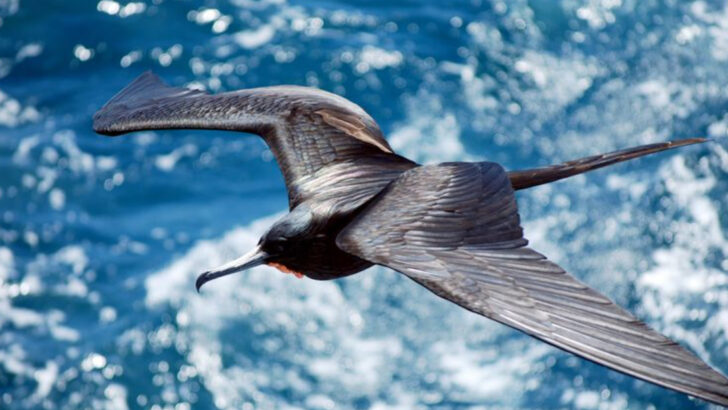Some birds sleep without ever landing. Yes—while flying.
Forget cozy nests or safe tree branches. These airborne masters take their naps mid-flight, wings still gliding through the sky.
It sounds impossible, like something out of a fantasy novel.
But nature didn’t ask for our permission to be weird and wonderful.
These birds have evolved to nap while navigating wind currents, dodging storms, and soaring over oceans for days—sometimes weeks—at a time.
No pit stops. No layovers. Just sleep, sky-high.
Ready to meet the creatures that make our sleep habits look lazy?
They’re out there right now, dreaming on the wing.
Common Swift
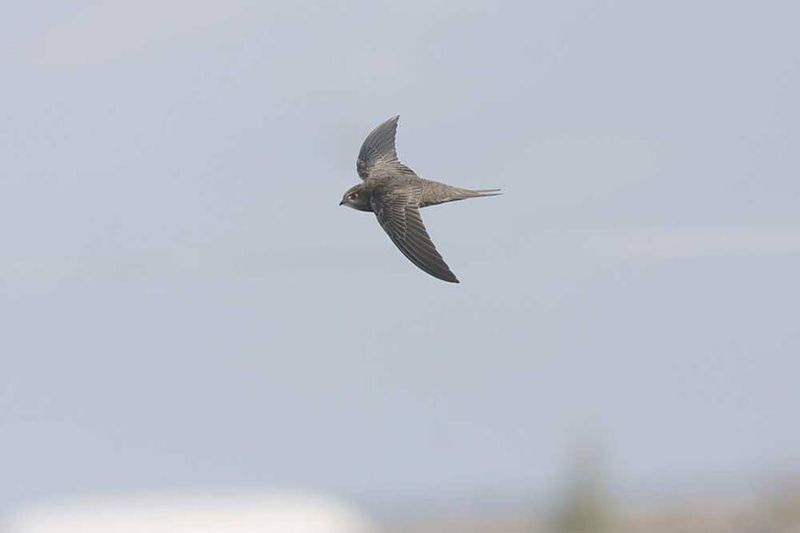
The common swift is a marvel of flight, known for spending most of its life airborne. With slender wings and a forked tail, this bird can soar through the sky for up to ten months without landing. It’s an amazing feat, considering their tiny bodies and rapid flight patterns. These swifts catch insects mid-flight and even mate in the air.
Their ability to sleep while flying is attributed to unihemispheric slow-wave sleep, allowing one half of their brain to rest while the other stays alert. Truly, the common swift is a master of the skies.
Alpine Swift

The alpine swift is another aerial wonder, capable of flying non-stop for over six months. With powerful wings built for endurance, these birds traverse vast distances without resting on solid ground. Imagine cruising over the majestic Alps, feeling the crisp air beneath your wings.
Alpine swifts enter a state of torpor, where their metabolic rate decreases, aiding in their long flights. This adaptation not only conserves energy but enables them to sleep while remaining aloft. Their resilience and endurance make them one of nature’s most remarkable flyers.
Frigatebird
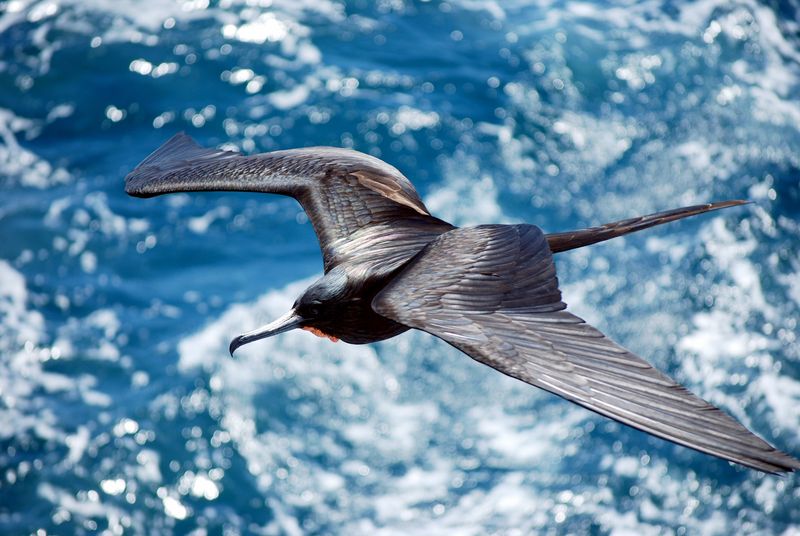
Frigatebirds are known for their exceptional flying abilities, often gliding for weeks over the open ocean. These birds have long, slender wings and a lightweight body, making them efficient flyers. They rarely land, only touching down to breed or feed their young.
Their extraordinary skill to sleep while flying is due to their ability to enter a trance-like state, resting one hemisphere of their brain at a time. This allows them to stay alert while navigating the vast, empty seas. Frigatebirds are true masters of the maritime skies.
Great Frigatebird
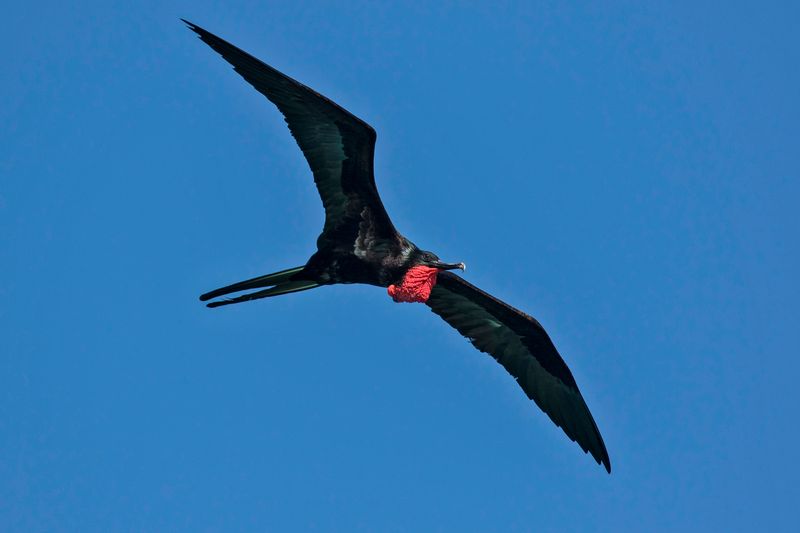
The great frigatebird is a majestic traveler of the skies, with the ability to sleep on the wing for several days. Their impressive wingspan and lightweight build allow them to soar for extended periods without flapping. Picture gliding over turquoise waters, catching the ocean breeze.
These birds utilize unihemispheric sleep, resting one side of their brain while the other remains alert to navigate and catch prey. Such adaptation is crucial for survival in their oceanic habitat, making the great frigatebird a fascinating subject of study.
Common Nighthawk
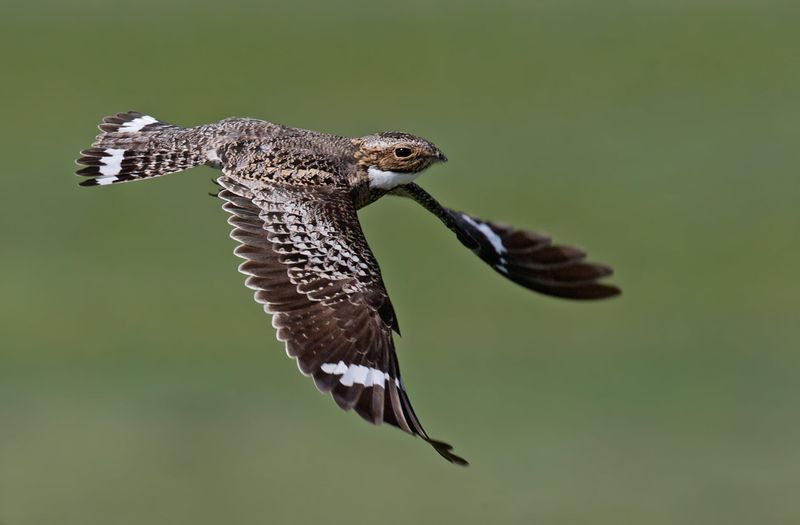
The common nighthawk is a nocturnal bird, known for its distinctive call and erratic flight patterns. While not as renowned as other aerial sleepers, it’s believed they doze off during long migratory flights.
Equipped with broad wings and a camouflaged appearance, they blend seamlessly with the night sky. Their ability to sleep in short bursts while in motion is a testament to their adaptability. This trait, combined with their agile flying skills, ensures they can cover vast distances during seasonal migrations, making them resilient night-time voyagers.

